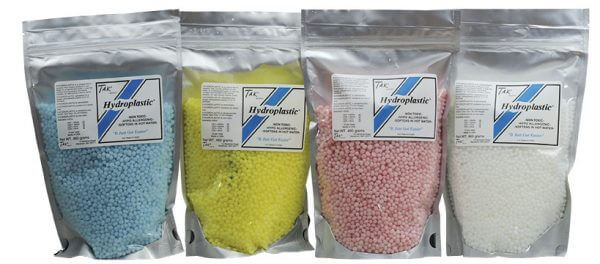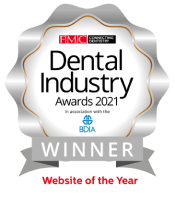Professor Hugh Devlin on articulator advice and use
Adjustable articulator use
All postgraduate students studying for the University of Manchester’s MSc in Advanced Restorative Dentistry are encouraged to buy an adjustable articulator and facebow. Using this equipment, they can plan their cases before they start to undertake any crowns, bridges and dental implants.
One method of ensuring that the existing anterior guidance is maintained is to mount the study models on the articulator.
When the models are moved laterally over each other, the anterior guidance post traces a path in the resin that records the anterior guidance, and allows its future reproduction.
The traditional material to use for this is a laboratory acrylic, for example a special tray acrylic. This can produce a very nice result.

An alternate method, which we have recently started to teach on the MSc course, is to use Tak Hydroplastic Beads
The master models of the tooth preparations can be articulated and the new restorations waxed-up, conforming to the existing anterior guidance.
Whatever material is used, using a custom anterior guidance table (which is a template of the dynamic occlusion) is a quick, simple and inexpensive way of conforming to an occlusal prescription.
Articulator Advice
Implicit in this technique is the confident use of an articulator. The following advice is offered to those looking at the features of the different types of articulator.
Essential features
• Semi-adjustable with:
• An adjustable condylar guidance angle
• Compatible facebow/earbow
• Effective ‘centric latch’ to allow only a hinge movement of the upper and lower members, or locks for each hinge as below
• Well-engineered with spare part and servicing back-up
• Capable of supporting a customised anterior guidance table
• Can take a Broadrick flag or simplified occlusal plane analyser
• If second-hand, professionally serviced and not damaged beyond repair.
Preferable features
• Linked to an easy-to-use earbow
• With transfer jig
• Adjustable progressive side shift and/or immediate side shift
• Each hinge can be locked separately
• Robustly built
• Wide enough at the back to facilitate intraoral occlusal analysis
• Is stable when placed upside down (ie, resting on its upper member)
• Arcon design (ie, with the condylar elements on the lower member)
• Upper and lower members that can be separated from each other.
Nice to have features
• Can be placed on the bench at an angle of 45o
• Magnetic mounting plates
• Capable of calibration against similar articulators, or built within sufficient tolerances as to make unnecessary.
For further information on articulators see Denar products on this website https://www.prestige-dental.co.uk/brand/whip-mix/
(This article is an excerpt of a longer article, titled ‘Maintaining existing anterior guidance’, which originally appeared in Clinical Dentistry May 2023 (Vol 3 No 5), and appears here with permission. dentistry.co.uk/clinical-dentistry-magazine-may-2023-digital-edition/)
Copyright © Prestige Dental Products UK Ltd 2025
Registered in England, UK no. 2391338. VAT no. 5580015.





